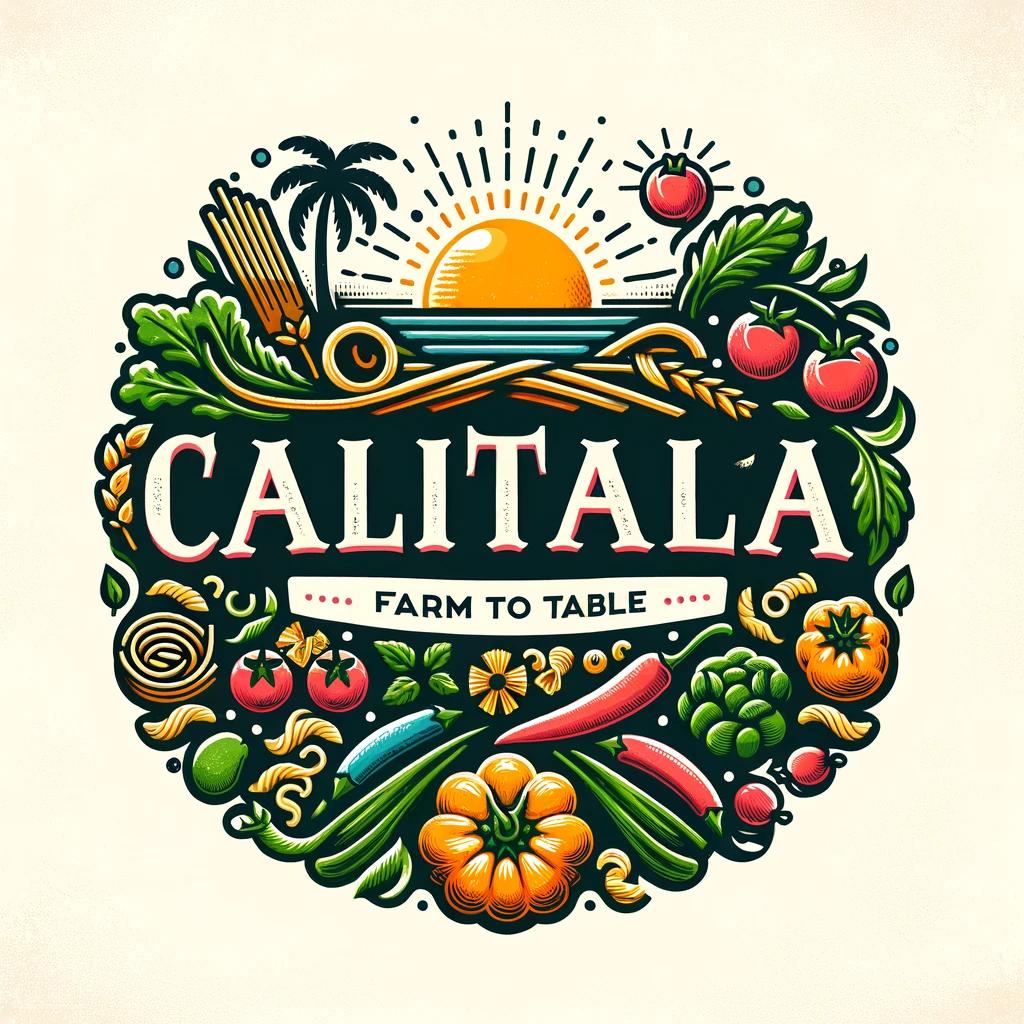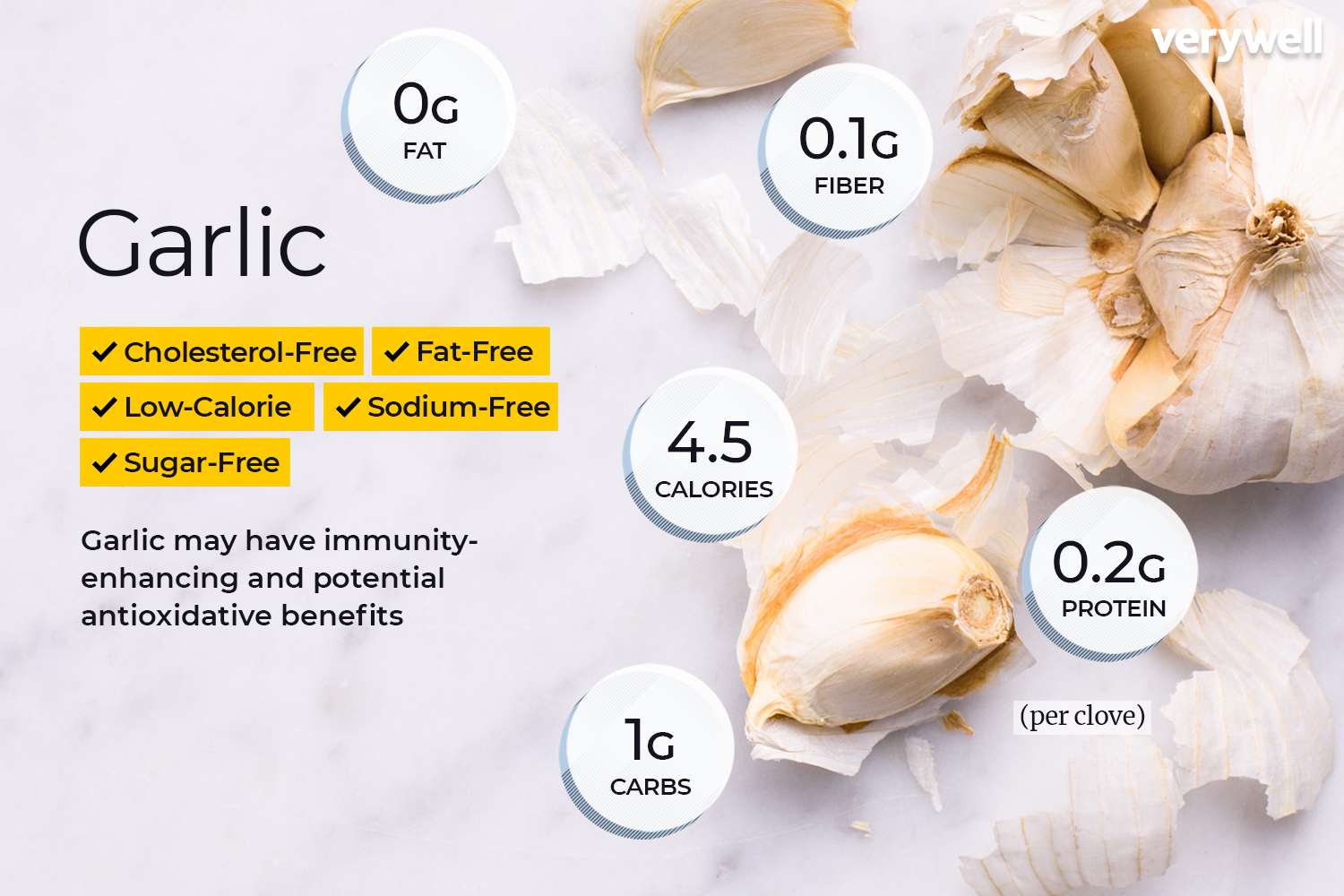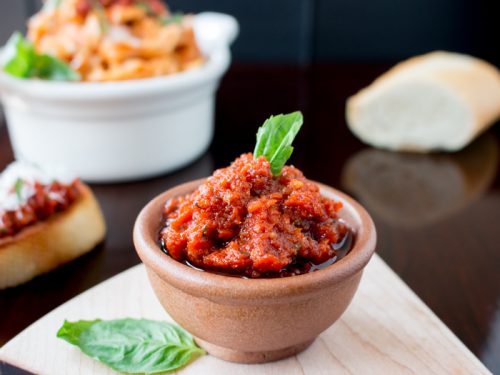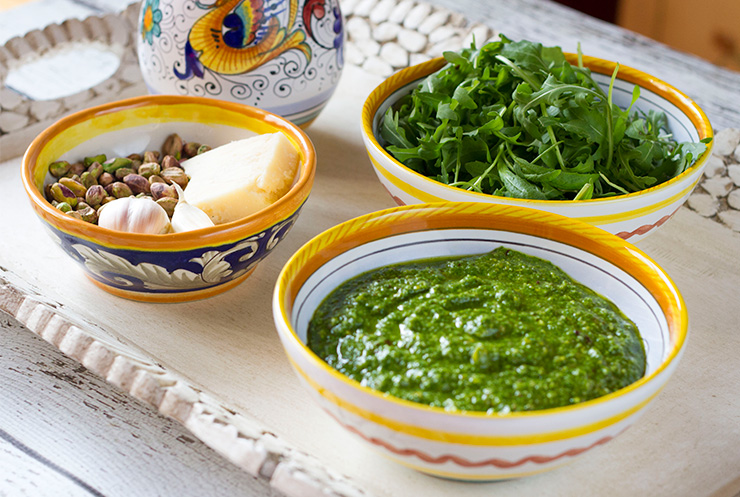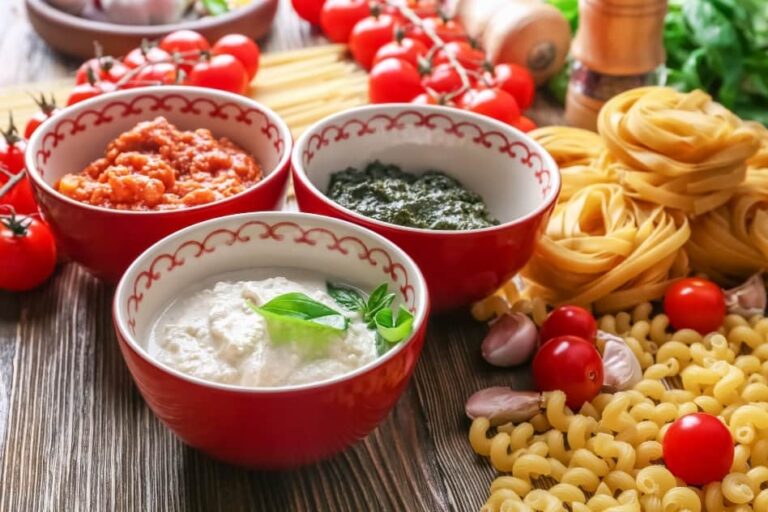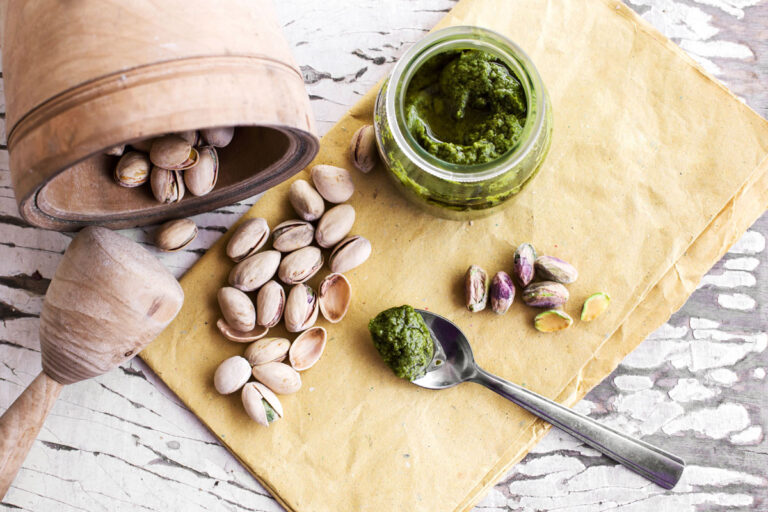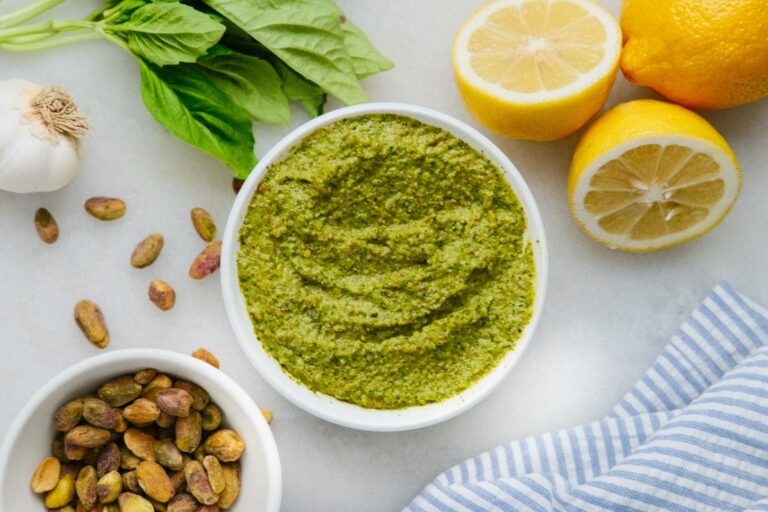Garlic has long been a staple in kitchens around the world, revered for its potent flavor and numerous health benefits. This humble bulb, often used as a seasoning, has a history that dates back thousands of years. Today, we explore the diverse culinary uses of garlic and its impressive health benefits, providing a comprehensive guide to this essential ingredient.
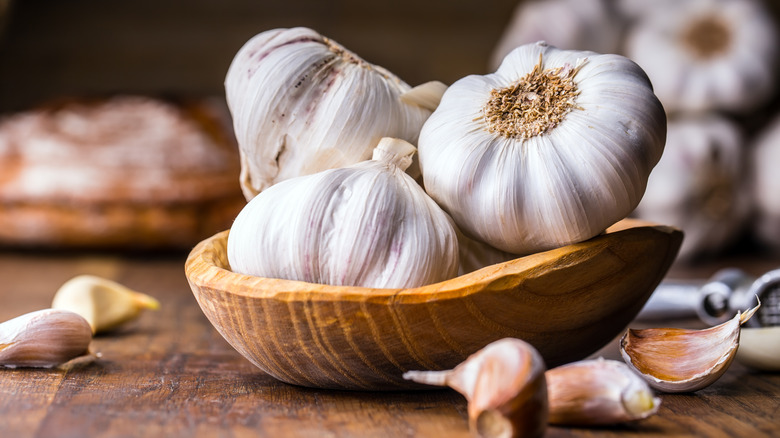
Culinary Uses
Garlic’s versatility in the kitchen is unmatched. Whether used fresh, roasted, or powdered, garlic brings a unique depth of flavor to a wide array of dishes.
Flavor Profiles
Garlic’s flavor profile can range from pungent and spicy to mellow and sweet, depending on how it is prepared. When raw, garlic is sharp and assertive, making it a great addition to dressings, salsas, and marinades. Cooking garlic mellows its flavor, creating a rich and sweet taste that enhances the overall profile of soups, stews, and roasts.
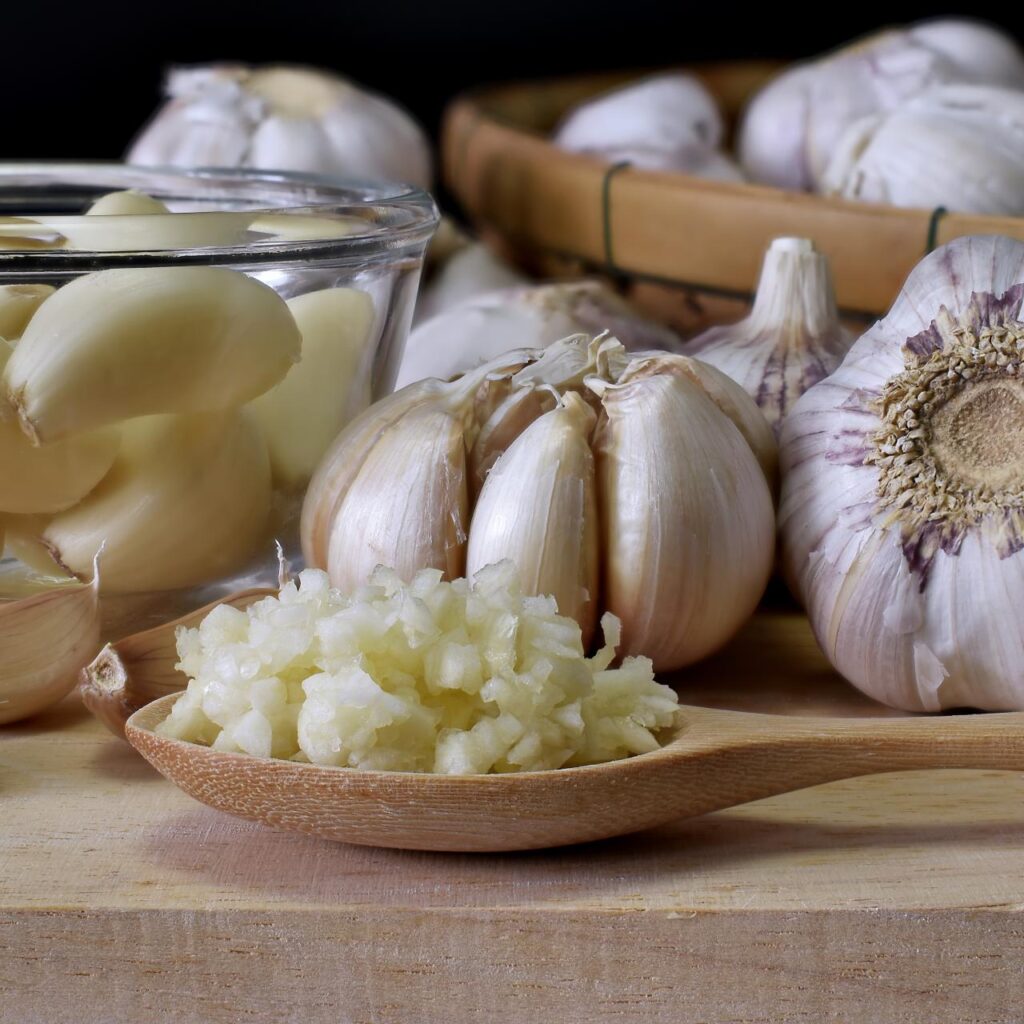
Cooking Techniques
- Raw Garlic: Raw garlic is potent and adds a sharp, spicy kick to dishes. It is often used in salad dressings, dips like aioli, and cold sauces. Raw garlic can also be minced and added to marinades for meats and vegetables, lending a powerful punch to your favorite recipes.
- Roasted Garlic: Roasting garlic transforms it into a sweet, caramelized ingredient that can be spread on bread, mixed into mashed potatoes, or used as a base for soups and sauces. To roast garlic, cut off the top of a garlic bulb, drizzle it with olive oil, wrap it in aluminum foil, and bake it in the oven until it’s soft and golden. The resulting roasted garlic can be squeezed out of its skins and used in various dishes to add a rich, savory flavor.
- Sautéing and Stir-Frying: Sautéing garlic in oil or butter releases its flavor, making it a foundational element in many cuisines. Stir-frying garlic with vegetables or meats adds a fragrant, savory note to the dish. When sautéing garlic, be careful not to burn it, as this can result in a bitter taste. Adding garlic towards the end of the cooking process can help maintain its flavor without overwhelming the dish.
- Garlic Powder and Granulated Garlic: These forms are convenient for seasoning and dry rubs. They offer a milder garlic flavor and are easy to incorporate into spice blends. Garlic powder can be used to season meats, vegetables, and soups, while granulated garlic works well in dry rubs and seasoning mixes.
- Garlic Infused Oil: Infusing oil with garlic creates a flavorful base for dressings, marinades, and sautés. It’s also a great way to preserve garlic’s essence for later use. To make garlic-infused oil, gently heat olive oil with whole garlic cloves until the cloves are golden brown. Remove the garlic and let the oil cool before storing it in a clean, airtight container.
- Garlic Salt: Garlic salt is a mixture of ground garlic and salt, often used as a seasoning. It’s a convenient way to add garlic flavor to dishes without the need for fresh garlic. Garlic salt can be sprinkled on popcorn, used to season meats, or added to homemade spice blends.
- Garlic Paste: Garlic paste is made by blending fresh garlic cloves into a smooth consistency. It’s a handy ingredient to have on hand for quick cooking. Garlic paste can be used as a base for marinades, spread on bread, or added to soups and sauces for an instant garlic flavor boost.
- Pickled Garlic: Pickling garlic gives it a tangy flavor and extends its shelf life. Pickled garlic can be used in salads, sandwiches, and as a snack. To pickle garlic, peel the cloves and immerse them in a brine made of vinegar, water, salt, and spices. Allow the garlic to sit in the brine for several days before using.
Using Garlic in Sun-Dried Tomato Pesto
One delicious way to use garlic is in sun-dried tomato pesto. This vibrant and flavorful pesto combines the sweet and tangy taste of sun-dried tomatoes with the robust flavor of garlic. Garlic is a star player in sundried tomato pesto, where its robust flavor complements the sweet, tangy sundried tomatoes. Here’s a quick recipe to make your own:
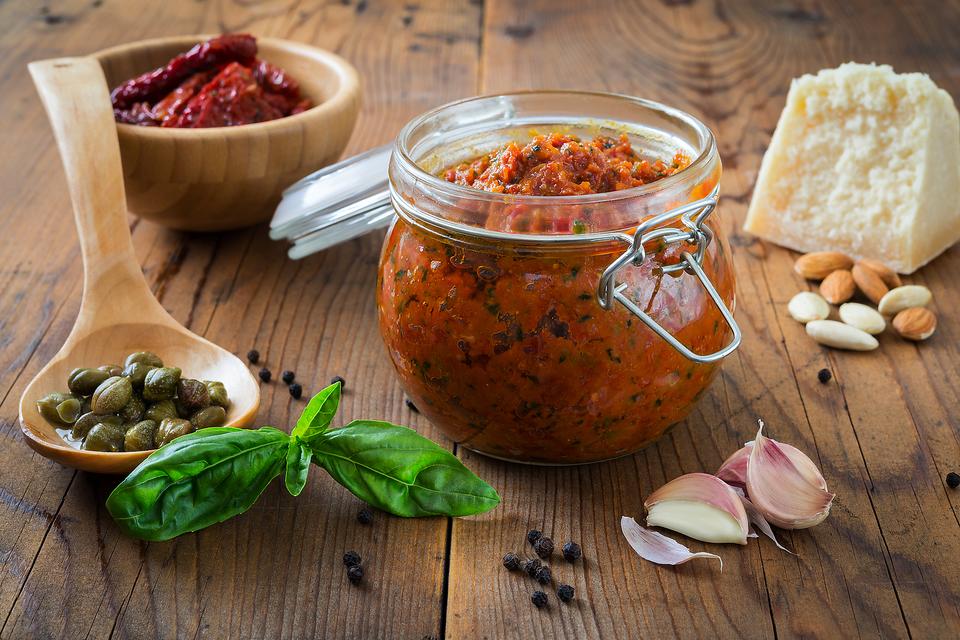
Ingredients:
- 1 cup sundried tomatoes (packed in oil)
- 2 cloves garlic
- 1/4 cup pine nuts
- 1/2 cup freshly grated Parmesan cheese
- 1/2 cup olive oil
- Salt and pepper to taste
Instructions:
- Combine sundried tomatoes, garlic, and pine nuts in a food processor.
- Pulse until coarsely chopped.
- Add Parmesan cheese and process until combined.
- With the processor running, slowly add olive oil until the mixture is smooth.
- Season with salt and pepper to taste.
This pesto is perfect for tossing with pasta, spreading on sandwiches, or using as a dip. The garlic adds a wonderful depth of flavor that complements the sweetness of the sun-dried tomatoes beautifully.
Health Benefits of Garlic
Garlic is not only a culinary marvel but also a powerhouse of health benefits. Its medicinal properties have been recognized since ancient times, and modern science continues to validate many of these claims.
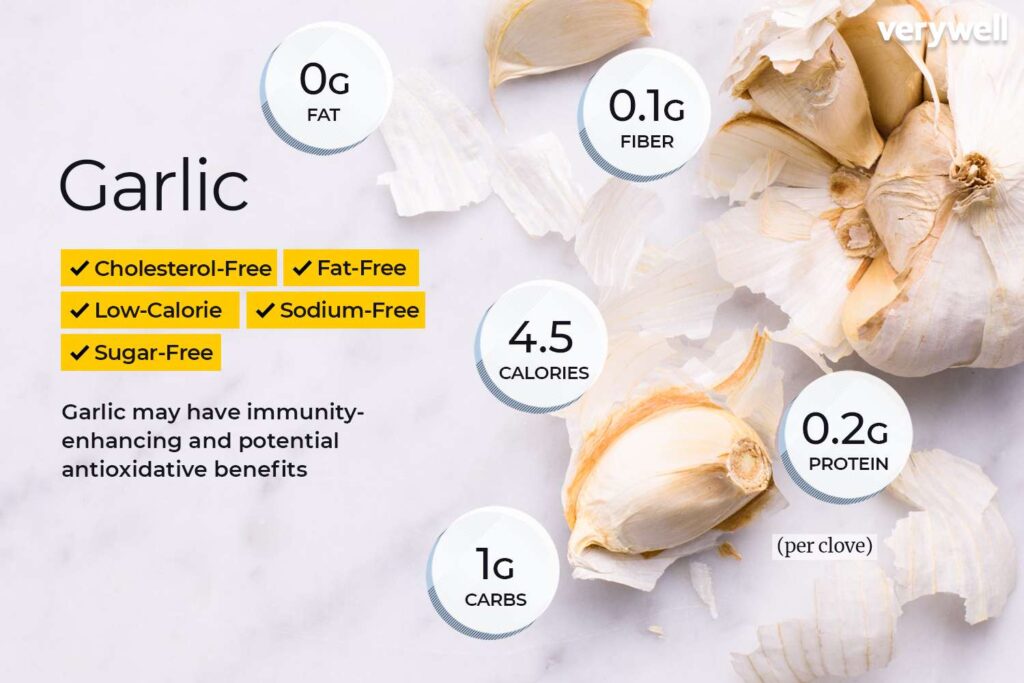
Boosting Immunity
Garlic is known for its immune-boosting properties. It contains compounds like allicin, which have been shown to enhance the disease-fighting response of certain types of white blood cells when they encounter viruses, such as the ones that cause the common cold or flu. Regular consumption of garlic can help reduce the frequency and severity of colds and other infections. Allicin, along with other sulfur compounds in garlic, has been shown to have antibacterial, antiviral, and antifungal properties, making garlic a valuable tool for supporting overall immune health.
Anti-inflammatory Properties
Garlic has potent anti-inflammatory properties, which can help reduce the risk of chronic diseases. The sulfur compounds in garlic, such as diallyl disulfide, can inhibit inflammatory enzymes and reduce inflammation in the body. This makes garlic beneficial for those suffering from conditions like arthritis and other inflammatory disorders. Regular consumption of garlic can help manage symptoms of inflammation and contribute to overall health and well-being.
Heart Health
Consuming garlic can have significant benefits for heart health. Garlic is known to help lower blood pressure, reduce cholesterol levels, and improve overall cardiovascular health. The antioxidants in garlic also help protect against cell damage and aging. Studies have shown that garlic can help reduce the risk of heart disease by improving blood vessel function, reducing plaque buildup in arteries, and preventing blood clots. The active compounds in garlic, such as allicin, help relax blood vessels and improve blood flow, contributing to a healthier cardiovascular system.
Detoxification
Garlic has been found to activate liver enzymes that help the body flush out toxins. It also contains high levels of vitamin C, vitamin B6, and manganese, which support the body’s natural detoxification processes. The sulfur compounds in garlic can help protect the liver from damage caused by toxins and heavy metals. Regular consumption of garlic can aid in the elimination of toxins and support overall liver health, contributing to better digestion and increased energy levels.
Cancer Prevention
Studies have shown that regular consumption of garlic can help reduce the risk of certain cancers, particularly those of the stomach and colon. The sulfur compounds in garlic have been found to have anti-cancer properties, inhibiting the growth of cancer cells and preventing them from spreading. Garlic’s antioxidant properties also help protect cells from damage caused by free radicals, which can contribute to cancer development. Including garlic in your diet may help reduce the risk of cancer and support overall health.
Antimicrobial and Antiviral
Garlic has natural antimicrobial and antiviral properties, making it effective against a wide range of pathogens. It can help fight infections and may be useful in the treatment of bacterial, viral, fungal, and parasitic infections. Allicin, a compound found in garlic, has been shown to be particularly effective against certain bacteria, such as Staphylococcus aureus and Escherichia coli. Garlic’s antiviral properties can help protect against viruses, such as the common cold and flu, while its antifungal properties can help combat infections like Candida.
Improved Bone Health
Garlic contains nutrients like vitamin C, vitamin B6, and manganese, which are essential for bone health. Studies have suggested that garlic may help prevent bone loss by increasing estrogen levels in females, making it particularly beneficial for women at risk of osteoporosis. Regular consumption of garlic can help support healthy bones and reduce the risk of fractures. Garlic’s anti-inflammatory properties also contribute to bone health by reducing inflammation in joints and promoting overall skeletal health.
Diabetes Management
Garlic may help manage blood sugar levels, making it beneficial for people with diabetes. Studies have shown that garlic can improve insulin sensitivity and reduce blood sugar levels, which can help manage diabetes and prevent complications. The antioxidants in garlic also help protect against oxidative damage caused by high blood sugar levels. Including garlic in your diet may help support healthy blood sugar levels and improve overall metabolic health.
Digestive Health
Garlic can promote healthy digestion by stimulating the production of digestive enzymes and supporting the growth of beneficial gut bacteria. The prebiotic properties of garlic help feed the good bacteria in the gut, promoting a healthy balance of microbiota. This can improve digestion, reduce bloating, and support overall gut health. Garlic’s anti-inflammatory and antimicrobial properties also help protect the digestive system from infections and inflammation.
Skin Health
Garlic’s antioxidant and anti-inflammatory properties can benefit skin health. Applying garlic topically can help treat acne, reduce inflammation, and promote wound healing. The sulfur compounds in garlic can help improve blood flow to the skin, promoting a healthy complexion. Garlic’s antimicrobial properties can also help fight skin infections and prevent the growth of harmful bacteria.
Weight Management
Garlic has been shown to boost metabolism and promote fat burning, which can aid in weight loss. It also helps reduce appetite and cravings, making it easier to stick to a healthy diet. The compounds in garlic can help regulate blood sugar levels, preventing spikes and crashes that can lead to overeating. Including garlic in your diet can support healthy weight management and contribute to overall well-being.
FAQs
Conclusion
Garlic is an indispensable ingredient in the culinary world, celebrated for its distinctive flavor and versatility in various dishes. Beyond its culinary uses, garlic offers numerous health benefits, from boosting immunity and reducing inflammation to promoting heart health and potentially preventing cancer.
Incorporating garlic into your daily diet can enhance not only the taste of your meals but also your overall well-being. Embrace the power of garlic and let it elevate your cooking and health to new heights.
Disclosure: Our blog contains affiliate links to products. We may receive a commission for purchases made through these links. However, this does not impact our reviews and comparisons. We try our best to keep things fair and balanced, in order to help you make the best choice for you.
